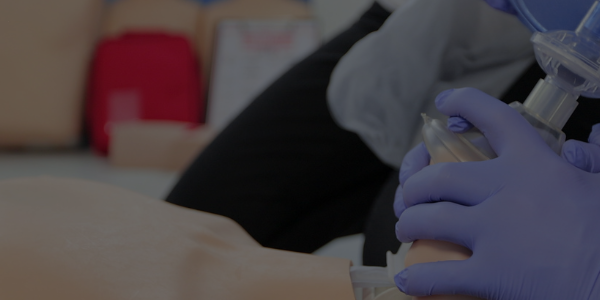What is Altitude Sickness?
Altitude sickness, also known as acute mountain sickness (AMS), is a pathological effect of high altitude on humans, caused by acute exposure to low partial pressure of oxygen at high altitude. It commonly occurs above 2,400 metres (8,000 ft).
It presents as a collection of nonspecific symptoms, acquired at high altitude or in low air pressure, resembling a case of “flu, carbon monoxide poisoning, or a hangover”.
It is hard to determine who will be affected by altitude sickness, as there are no specific factors that correlate with a susceptibility to altitude sickness.
However, most people can ascend to 2,400 metres (8,000 ft) without difficulty.
Acute mountain sickness can progress to high altitude pulmonary edema (HAPE) or high altitude cerebral edema (HACE).
At high altitudes, the air is thinner, which means less oxygen for you to breathe in. This makes it harder for your body to work as well as it does at sea level.
- You can get altitude sickness when you go too quickly from a low elevation to a high elevation.
- Your body needs time to adjust, usually one to three days. You can also get altitude sickness if you climb too fast or stay at the same elevation without adjusting to the higher altitude.
- Altitude sickness is common at altitudes of 10,000 feet or higher.
- It’s most common on mountain climbs and at ski resorts, but you can be affected anywhere where there’s a high elevation
You may feel lightheaded, dizzy, or nauseous and may have trouble sleeping. Your symptoms usually improve within a day or two after arriving at a high altitude.
If they get worse or don’t go away, seek medical care immediately.
There is no specific treatment for altitude illness. If you develop symptoms, the only effective treatment is to go down.
You may need to descend as much as 1,000 or 2,000 feet (300-600 metres) in elevation to improve.
If you are hiking with a group and someone develops altitude illness.
It is important to prevent further ascent of the other members of the group until the ill person gets better.
Otherwise, you may have several people who become ill at high elevations without anyone left in good condition to help them descend.
Sleep at a lower elevation if possible.
Do not smoke or use alcohol or other drugs when you have altitude illness.
Do not continue to climb higher if you begin having symptoms of altitude illness until your symptoms improve.
These substances increase the amount of oxygen your body needs and slow down your breathing rate, making your symptoms worse.
Please note that regular First Aid and CPR Training is the best way to make sure that you’re prepare in the case of an emergency. Book a course with us!
Find this article useful? Read more of our blogs here!





